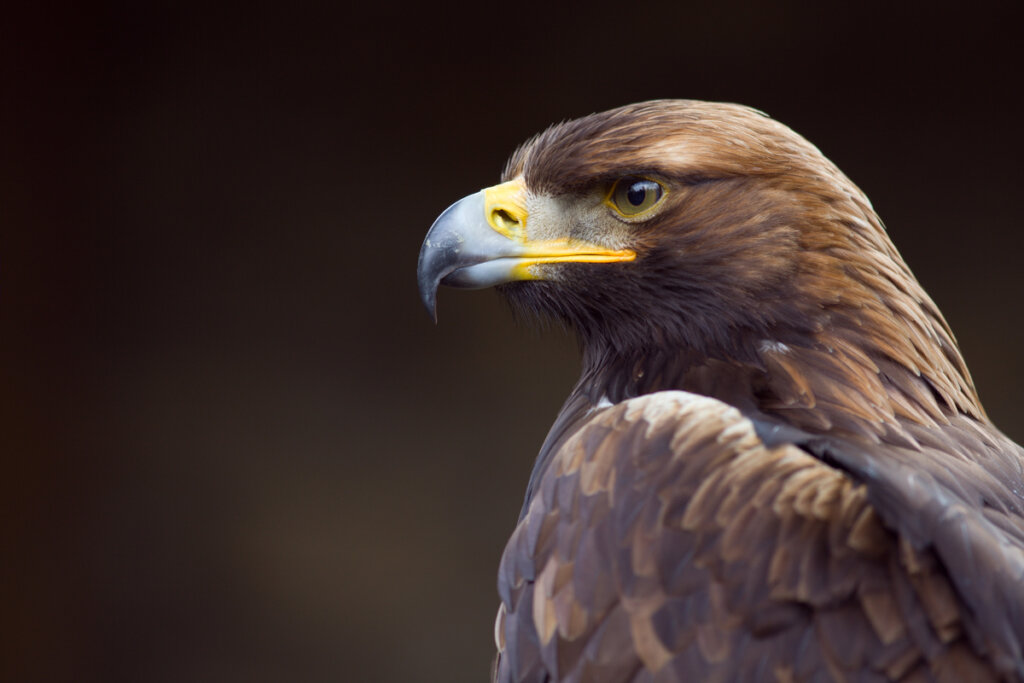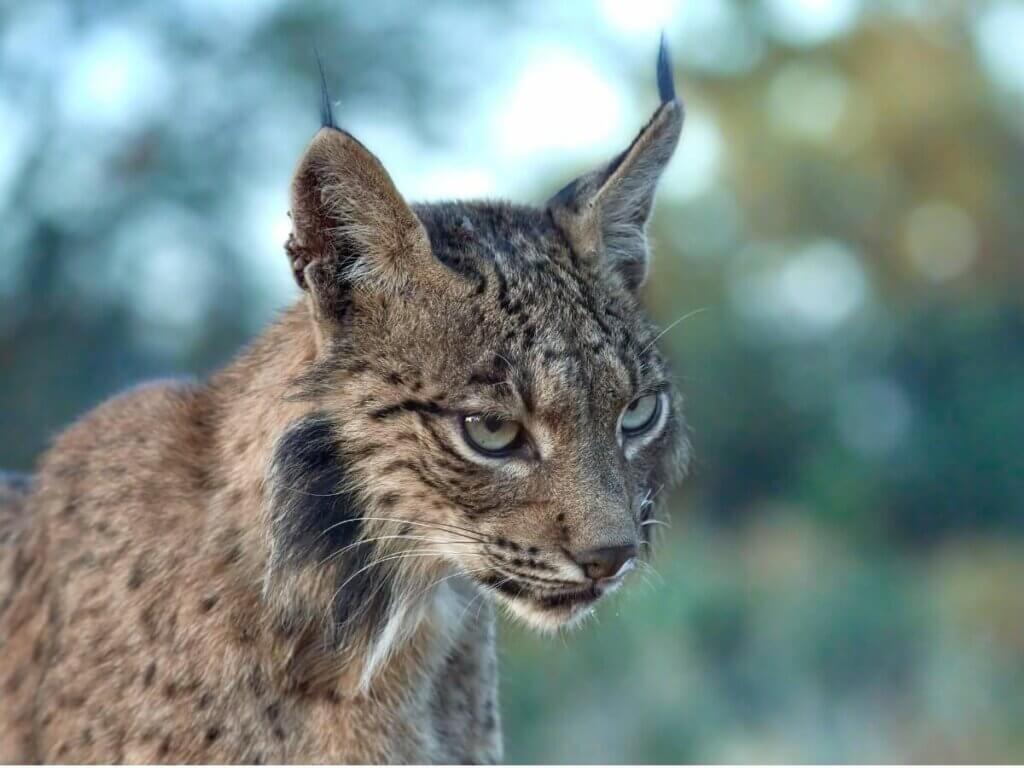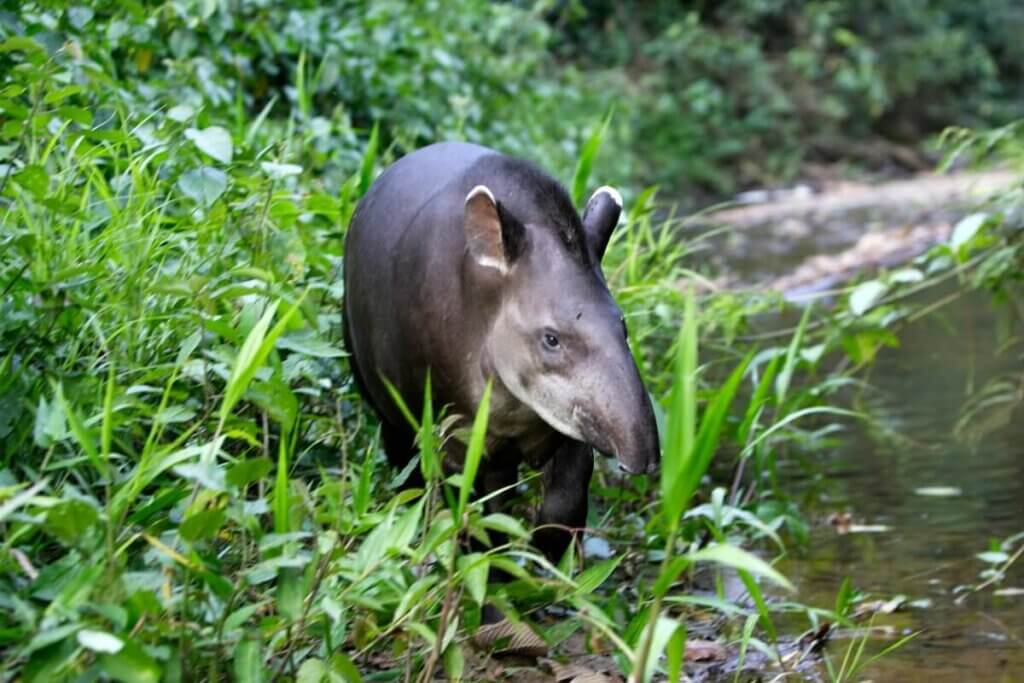Umbrella Species: What They Are

Nature conservation is a delicate subject, as it’s necessary to deal with a whole variety of factors that are difficult to control, and these aren’t only due to the destructive actions of human beings. Thus, many attempts to recover an ecosystem have failed due to unbalancing other aspects in the process. This is where umbrella species come into play.
It is possible that, from the name itself, you’ll have an idea of their function: species that take others under their shelter, protecting them in terms of conservation. We’re going to talk about this term here, since it’s one of the most efficient strategies when it comes to allocating efforts and economic means. Don’t miss it!
What is an umbrella species?

Umbrella species are those selected to be the focus of efforts to conserve an ecosystem. This is because, by protecting that particular species, you are also having a positive effect on other species in the same habitat.
This term isn’t new: it was coined in 1984 at Stanford University and is defined as “a species whose minimum area requirements are at least as complete as the rest of the community for which protection is sought”.
Therefore, umbrella species are chosen not so much for their function in the ecosystem (which is also true), but for their needs. In other words, they’re species whose requirements are broad and varied, as well as complex, so that intervention is needed at many levels to ensure their survival.
Requirements for a species to be cataloged as an “umbrella” species
Prior to establishing a conservation plan, a study of the ecosystem is essential. Therefore, when identifying the interrelationship between species, their needs are also found and, with them, the criteria for considering a species as an umbrella for the others. These are:
- The extent of territory needed by the umbrella species must be large enough to include areas of other species to be protected.
- The position in the food chain of the umbrella species must be significant in controlling populations.
- The rarity of the species, as well as its conservation status and own risk of extinction are also criteria to be taken into account.
- Having an important role as a competitor or predator of other species. These behavioral aspects shouldn’t be forgotten when selecting.
Applications of the umbrella species technique
Selecting umbrella species is not only useful for optimizing conservation tasks, but has other useful applications. Some of them are these:
- Find optimal locations to create natural reserves.
- Study in depth the composition of ecosystems, as well as their structure.
- Establish ecological corridors to connect fragmented habitats.
- Conduct flora and fauna inventories.
- Locate geographic spaces that require urgent intervention.
Allocating efforts in the conservation of an umbrella species is a very effective way to protect several species in a short time.
Examples of umbrella species
If we take Spain as an example, the best-known umbrella species is the Iberian lynx (Lynx pardinus), followed by the imperial eagle. Both species have an effect on small fauna populations such as insects and amphibians, but also on plants. In fact, the myxomatosis and viral hemorrhagic disease epidemics suffered by the Iberian rabbit had a serious impact on their conservation (as they constitute a key part of their diet).
Thus, the release of rabbits to repopulate Mediterranean forests was part of the conservation plan for the Iberian lynx and the imperial eagle. In addition, to avoid the frequent roadkill, a multitude of subway corridors have been built, which are also used by other species.
But this strategy is carried out in many other ecosystems too. Here are some other umbrella species:
- Mammals: The jaguar (Panthera onca), the Andean bear (Tremarctos ornatus), the tapir (Tapirus terrestris), the black rhinoceros (Diceros bicornis), and the manatee (genus Trichechus).
- Birds: The golden eagle (Aquila chrysaetos), the Western capercaillie (Tetrao urogallus), the spotted owl (Strix occidentalis), and the Magellanic woodpecker (Campephilus magellanicus).
- Reptiles: The Orinoco crocodile (Crocodylus intermedius), the hawksbill turtle (Eretmochelys imbricata) and Arrau turtle (Podocnemis arrau).

As you can see, species conservation isn’t only limited to increasing the number of animals or plants in any given species, but it also takes into account the entire ecosystem. And no wonder, because everything in nature is interconnected and harmonized, even us with our invasiveness. For this reason, we’ll repeat a phrase often used in these contexts: to take care of them is to take care of us.
All cited sources were thoroughly reviewed by our team to ensure their quality, reliability, currency, and validity. The bibliography of this article was considered reliable and of academic or scientific accuracy.
- Catalá, E. I. (2011). Los conceptos de especies indicadoras, paraguas, banderas y claves: su uso y abuso en ecología de la conservación. Revista Inter Ciencia, Volumen 36(1), pp: 32-36.
- Roberge, J. M., & Angelstam, P. E. R. (2004). Usefulness of the umbrella species concept as a conservation tool. Conservation biology, 18(1), 76-85.
- Berger, J. (1997). Population Constraints Associated with the Use of Black Rhinos as an Umbrella Species for Desert Herbivores: Restricción de Poblaciones Asociadas con el Uso de Rinocerontes Negros como “Sombrilla de Especies” para Herbívoros del Desierto. Conservation Biology, 11(1), 69-78.
